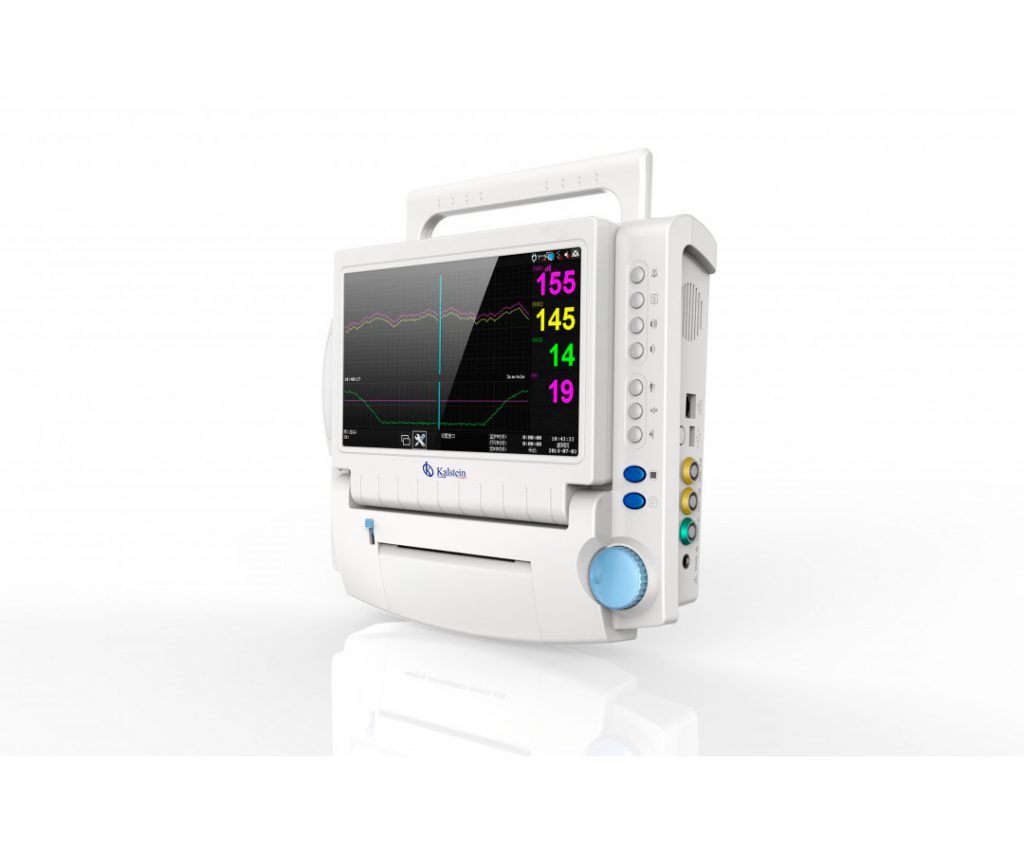The management of vital signs is fundamental in the physiological assessment of each person, and therefore, the role of health experts is essential. In the work of health experts, the studies of vital signs help that this one provides a holistic care with foundations to each of the patients in charge, it is for this reason that they must be prepared, with updated and informed knowledge, so that I managed to identify alterations in the people in charge.
In addition to this, monitoring of the signs performed to a patient is found temperature, respiration, blood pressure and pulse oximetry (saturometry), since with them alterations are identified in patients.
Management and Control of Vital Signs
Firstly, breathing is the function by which the body pushes air (oxygen) into the lungs (inspiration) and removes carbon dioxide (breathing), that is, it performs a gas exchange, and without this act of breathing you cannot live. There are two basic types of breathing:
- Coastal (chest) breathing, external intercostal muscles and other accessory muscles intervene and can be observed by the movement of the chest up and out.
- Diaphragmatic (abdominal) breathing, manifested by movements of the secondary abdomen towards the diaphragm, and usually occur with movements in which the ribs are contracted from the top to the outside and the sternum moves out, then the chest increases in size and allows the lung to expand with which decreases the size of the chest and the lungs are compressed.
In this sense, when nursing staff values the patient’s respiration, they should take into account the frequency and pattern of normal ventilation, the influence that any disease or discomfort has on respiratory function, the relationship between respiratory and cardiovascular function and the influence of therapies on respiration.
In another order, temperature is the reflection of the body heat that people possess as a consequence of the mechanisms of muscle activities and energy metabolism, which are produced through radiation phenomena and conduction of the human body. The places where body temperature is most often measured are the mouth, rectum, armpit, eardrum and skin on the temporal artery, therefore, nursing staff should know what factors can affect a patient’s body temperature in order to recognize normal temperature variations and understand the meaning of measurements that deviate from normal.
As for oxygen saturation, it has to do with the amount of oxygen found in people’s blood and is calculated by a pulse oximeter, which is placed on a finger of the hand, foot, nose, earlobe or forehead (or around the hand or foot in newborns) and this way patient records are given. It can detect hypoxaemia (low oxygen saturation) before clinical signs or symptoms, such as a dark color on the skin and fingers, appear.
Finally, blood pressure develops by pumping blood from the heart into the arteries, and for blood to circulate normally through the body, it needs to be done with some pressure. This pressure is due to the heart’s ejection pump effect and the elasticity of the arteries, which widen to accept the amount of blood expelling the heart. Blood pressure within the arterial system is called blood pressure, and it can be measured called sphygmomanometers. When the doctor measures blood pressure, the result is recorded with two numbers, normal adult blood pressure is defined as a systolic pressure of less than 120 and a diastolic pressure of less than 80. This is indicated as 120/80.
Therefore, the management and control of vital signs will depend on the care of each person, taking into account the rhythm of life, which causes modifications in all values.
Patient Head Monitor Kalstein Brand
We have monitors made of 15-inch high-brightness touch screen, YR series of light and three-color flashy alarm; hidden buttons; built-in lithium battery. In addition to the rapid development of medical technology, monitors have been widely used in several clinical departments for real-time monitoring of the patient’s vital signs, especially in the ICU intensive care unit that helps medical staff investigate the patient’s condition and resolve emergencies on time. At the same time, in a complex ward environment, it provides patients with long-term continuous follow-up and real-time care at various physiological parameters.
To learn more about our models, check out HERE

